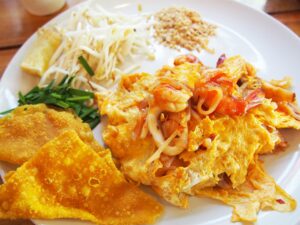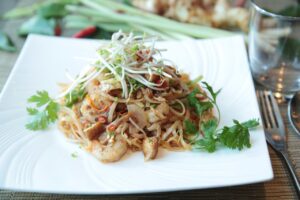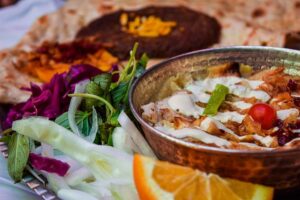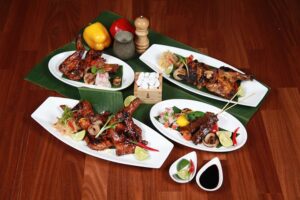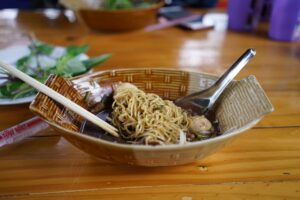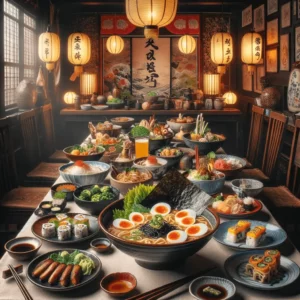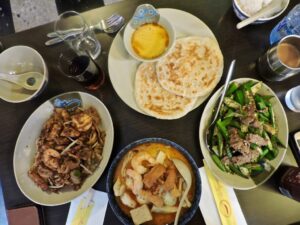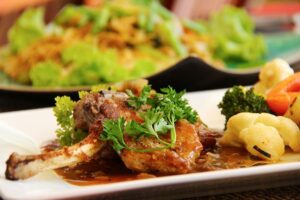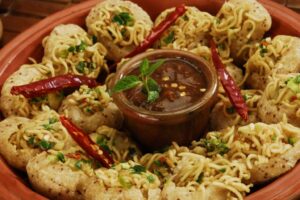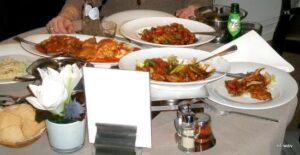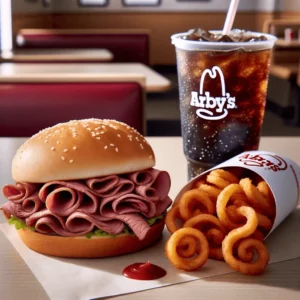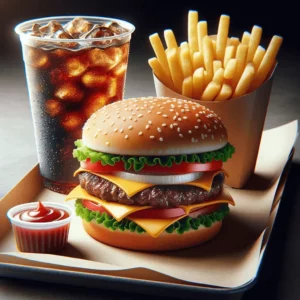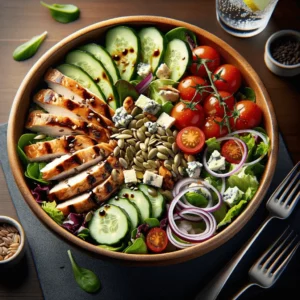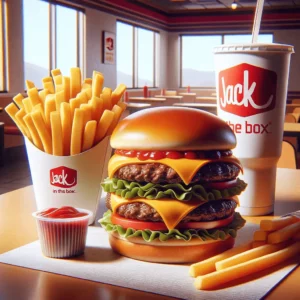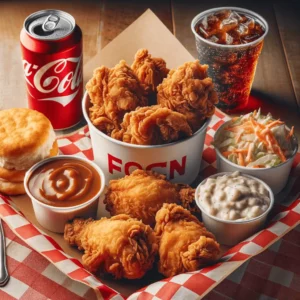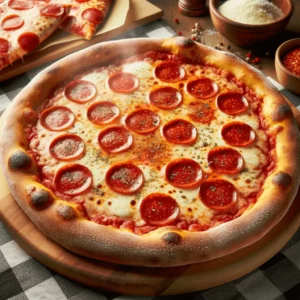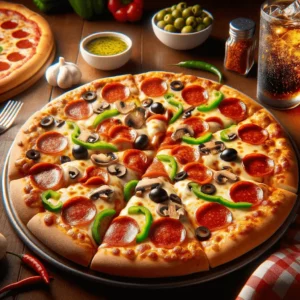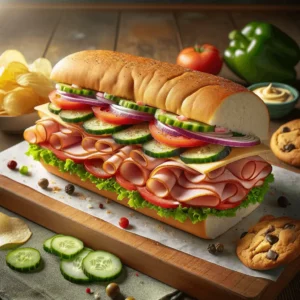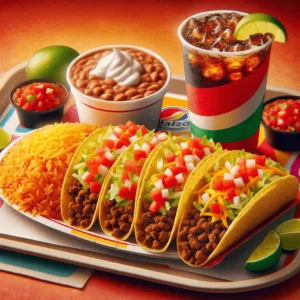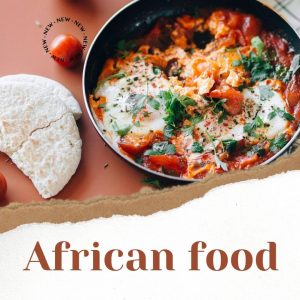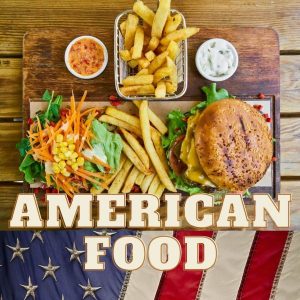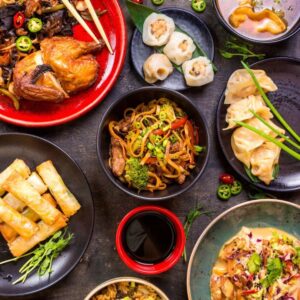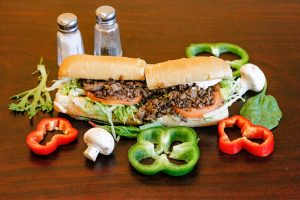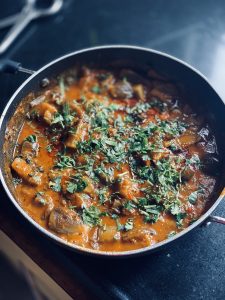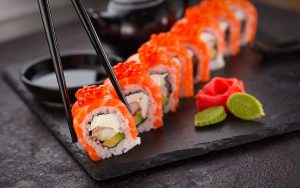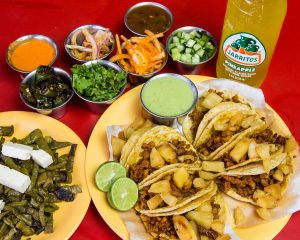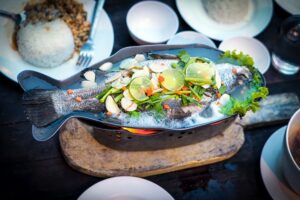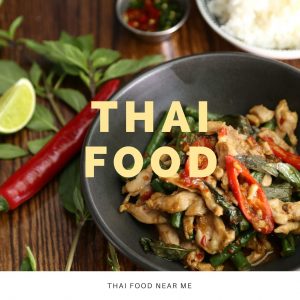The Culinary Tapestry: Pakistani Restaurants
Pakistani cuisine, an intricate blend of flavors, techniques, and traditions, holds a cherished spot in the culinary world. Rooted in ancient practices yet infused with modern touches, Pakistani restaurants offer a gastronomic journey that spans from the towering peaks of the Himalayas to the bustling streets of Lahore and Karachi.
Unveiling the Depth of Flavors
Nihari
A breakfast staple for many, Nihari is a slow-cooked stew of meat, often beef or mutton, simmered in spices overnight. It is traditionally served with freshly baked naan or steamed rice, providing a hearty start to the day.
Biryani
A fragrant rice dish layered with spiced meat or chicken, Biryani is a celebration in a pot. With its roots in the Mughal era, this dish has regional variations but consistently delivers a delightful burst of flavors with every bite.
Grills and Kebabs: The Barbecue Essentials
Seekh Kebabs
Minced meat, often beef or chicken, seasoned with an array of spices and herbs, is molded onto skewers and grilled to perfection. These kebabs are a must-try at any Pakistani barbecue.
Chapli Kebab
Originating from the Peshawar region, these flat, disc-shaped kebabs made from minced meat and spices are pan-fried, offering a spicy and crunchy delight.
Traditional Staples with a Twist
Halwa Puri
A classic breakfast ensemble, crispy puris are served alongside sweet semolina halwa and tangy chickpea curry. The combination of sweet and savory is truly tantalizing.
Qorma
A rich, aromatic curry made with yogurt, fried onions, and a mix of spices. Whether it’s mutton or chicken, the meat in Qorma is tender and infused with deep flavors.
Finishing with Sweet Notes
Gulab Jamun
Deep-fried balls of milk-based dough soaked in sugar syrup, Gulab Jamun is a dessert that melts in the mouth, often served during celebrations and feasts.
Barfi
Made from condensed milk, sugar, and flavorings such as cardamom or nuts, Barfi is a fudge-like sweet that’s a favorite during festive occasions.
Conclusion
Pakistani restaurants not only present dishes but narrate tales of a rich history, regional influences, and a passion for food. From the spiciness of Karachi’s street food to the richness of Lahore’s Mughlai traditions, these restaurants are an invitation to explore Pakistan’s diverse and flavorful culinary landscape.
FAQs
1. How does Pakistani cuisine differ from Indian cuisine?
While there are many similarities due to shared history and geography, Pakistani cuisine has distinct flavors, dishes, and preparation methods influenced by Central Asian and Afghan traditions.
2. Are Pakistani dishes very spicy?
While many dishes are rich in spices, not all are hot. Spice levels can often be adjusted to preference in most restaurants.
3. What are popular beverages in Pakistani cuisine?
Lassi (a yogurt-based drink), sugarcane juice, and chai (tea) are commonly consumed beverages.
4. Are there vegetarian dishes in Pakistani cuisine?
Yes, while many dishes feature meat, there are several vegetarian options like lentil curries, vegetable biryanis, and various breads.
5. What is a common element in Pakistani cooking?
Use of spices like cumin, coriander, cardamom, and turmeric is prevalent, as is the use of ghee (clarified butter) for cooking.


